How to prune roses – for long lasting blooms and healthy plants
Follow this guide on how to prune roses to get the best out of your plants and boost flower production

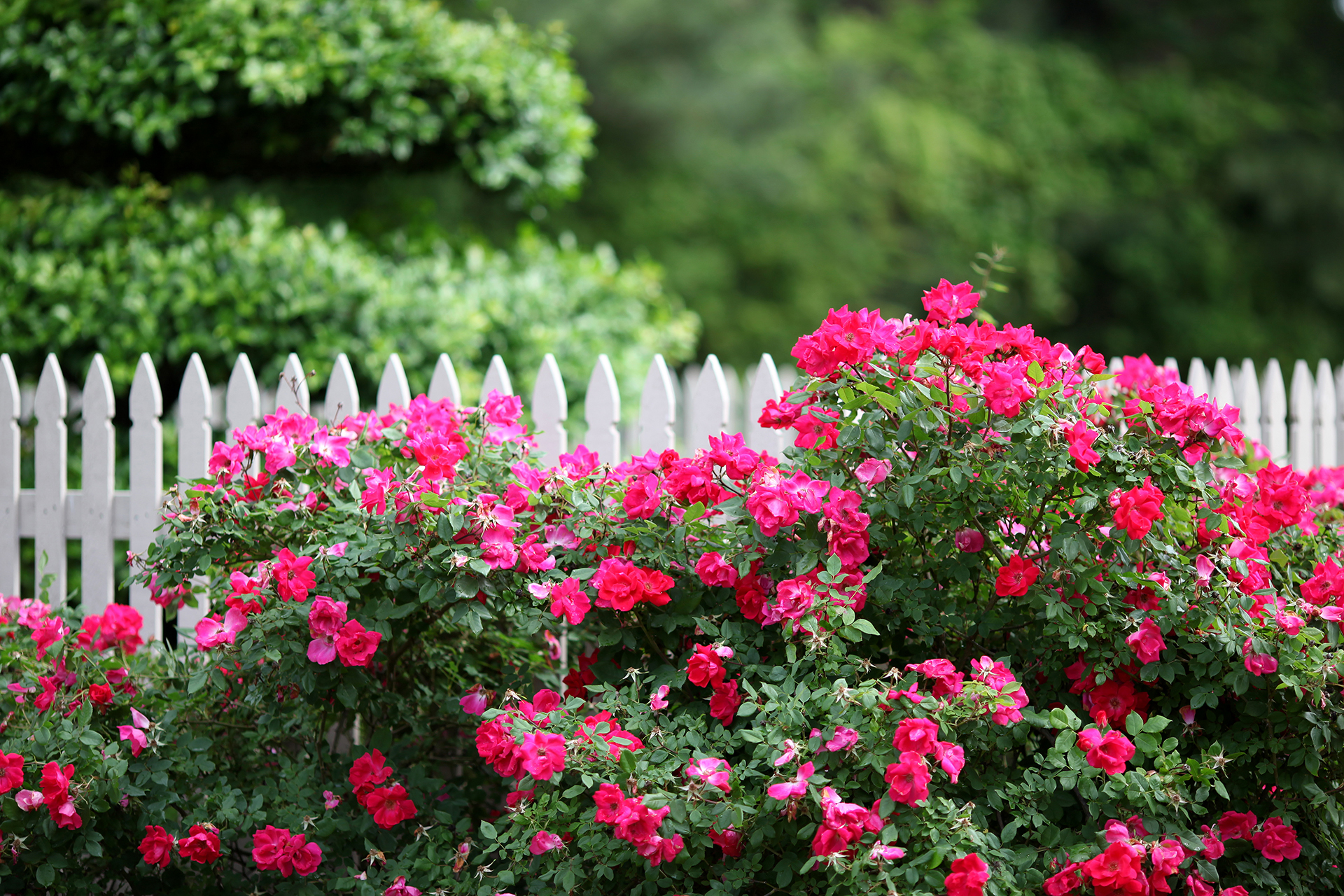
Learning how to prune roses is a crucial part of keeping these much loved garden flowers happy and healthy. A familiar flower bed staple, roses come in a dazzling array of colors, sizes and shapes. But keeping a good display of healthy roses can be something of a challenge.
Roses have long held a special place in the hearts of gardeners and non-gardeners alike and there are so many rose garden ideas you can incorporate into gardens of all styles and sizes. They are one of the most commercially valuable plants in the world and prized for their beautiful, scented blooms.
How to prune roses will depend on the type of rose you have; not all roses require the same treatment. Learn how to prune climbing roses or ramblers, if you are pruning that variety.
When you are designing a rose garden ensure that you will be able to get close to all of your rose bushes or shrubs to prune them when required.
It’s worth noting that while the flowers are delicate and elegant, the plants are tough and hardy. They are very resilient to being pruned, so you shouldn’t worry about getting out the pruning shears or secateurs. Even an overzealous prune is unlikely to harm them, so you can cut with confidence.
As when planting roses, you will need thick gardening gloves to protect your hands from the thorns – preferably leather gauntlets that will also cover your lower arms.
If you follow the simple rules in this guide, you can cut with confidence and create stunning blooms ever year.
Design expertise in your inbox – from inspiring decorating ideas and beautiful celebrity homes to practical gardening advice and shopping round-ups.
How to prune roses – what you need
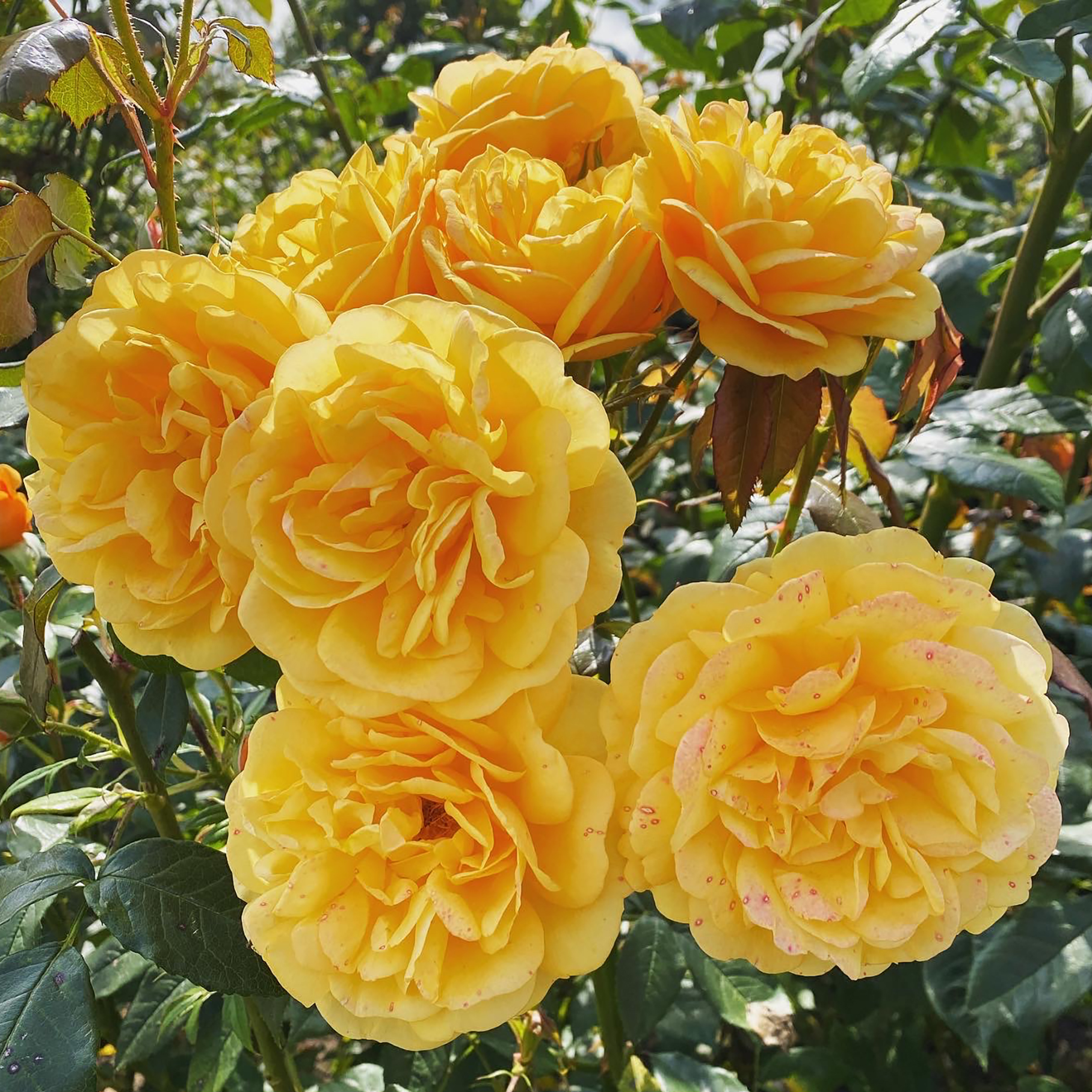
To avoid making a common rose pruning mistake, make sure you have the right tools for the job – starting with a good pair of secateurs.
‘It may sound obvious, but the most important thing when pruning roses is that your secateurs are sharp, so they won’t tear or harm the plant,’ says Period Living’s gardening expert Leigh Clapp.
You can sharpen your secateurs at home using a sharpening stone or diamond sharpener, although some tool manufacturers offer a cleaning and sharpening service.
While secateurs are suitable for pruning most green rose stems, for thicker, mature branches and dead wood you will require loppers or a hand saw.
Rose thorns can harbor harmful bacteria, so if you do cut yourself, clean the wound with an antibacterial spray.
How to prune rose bushes
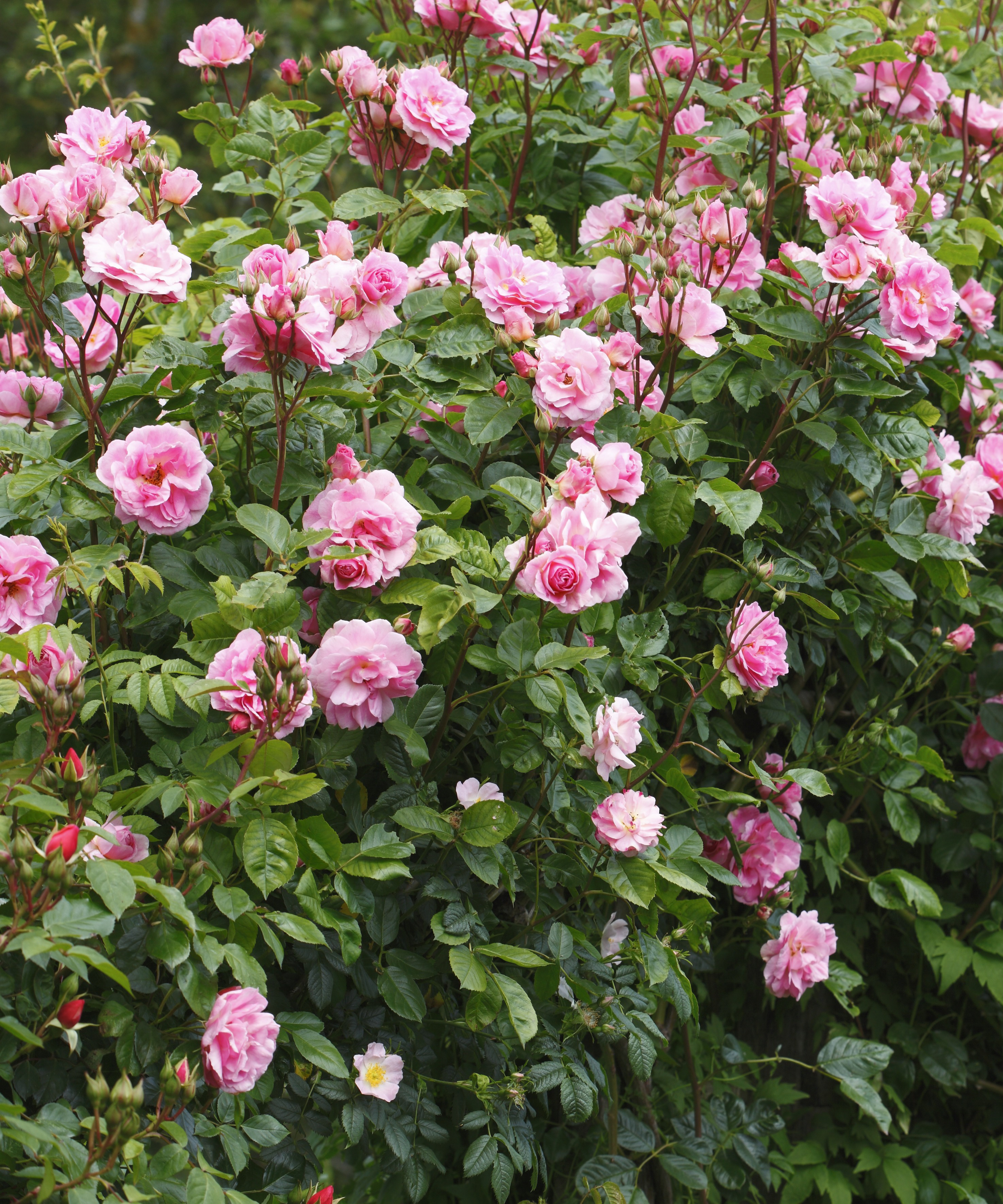
Bear in mind that roses take a couple of years to establish, and young plants need a lighter trim. ‘Don’t prune shrub roses too hard until they have established over the first couple of years, to help the stems mature and support the large blooms,' says Leigh Clapp. It's also important to know when to prune roses.
‘For correct pruning, check which rose group they are as this will differ. The principles are the same, however: remove dead, diseased and dying wood first, then open up the centre of the bush this will help with airflow to reduce potential issues with black spot,’ explains Jon Webster, curator at RHS Garden Rosemoor, home to one of the UK’s largest collections of roses.
- Prune mature rose bushes down to half their size – or if a young rose, remove up to a third. It is helpful to insert a cane into the ground next to the rose at the new desired height, to act as a gage.
- Use your secateurs to cut the stems. ‘Don’t worry about cutting back too much on established plants – and don’t worry about where you cut the stem,' advises Austin. However, to help the new shoots to grow outwards and maintain a more open center, gardening expert Matt James recommends you ‘make a gentle sloping cut, just above a healthy outward-facing bud.’
- Remove any dead or diseased stems right at their base – dead stems will be completely brown without signs of green. You may require a hand saw for very hard dead wood.
- Remove thin, weak stems that easily bend, as these will not be able to support new growth.
- Where parts of the plant are congested, remove a stem or two, to allow in more air and light. Also, where two stems rub together, select one for removal.
- Strip all foliage from the plant – you don’t want any leaves left. However, do not compost them, as this can spread disease.
- ‘Shaping is essential – try to create a rounded shrub,’ says Austin. This will mean cutting the sides a little shorter than the middle stems.
- ‘Don’t be alarmed if your rose looks significantly smaller! The growth will strengthen and re-establish quickly in the spring,’ Austin adds.
- Finally, clear up fallen leaves that may harbor diseases, apply rose feed according to packet instructions, and mulch the plants. ‘Mulching with a good layer of well-rotted manure retains moisture, limits weeds and suppresses diseases such as black spot,’ says Clapp.
- Once roses have flowered in the summer, remove the spent blooms. ‘Deadheading roses regularly will encourage more flowering shoots for repeat-flowering roses,’ says Clapp. ‘A mid-summer tidy up will help to reinvigorate tired roses.’
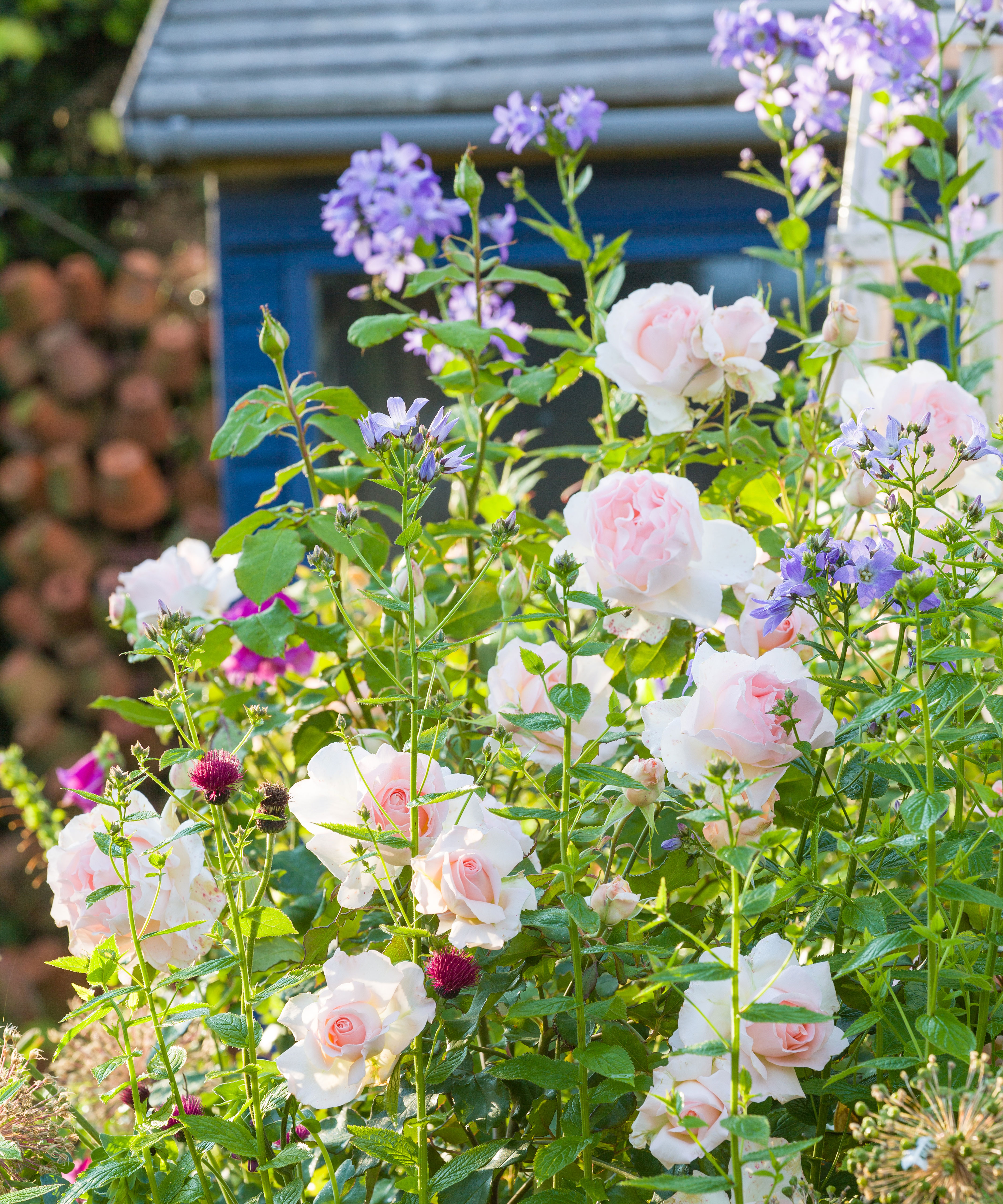
How to prune tree or standard roses
Tree – or standard – roses, which are grafted on top of a long central stem, should be pruned in the same way as rose bushes. However, closer attention should be paid to creating a nicely rounded shape.
When pruning a rose tree, you want to minimize stems that are growing very upright, favoring those with well-positioned outward-facing buds. Try to ensure you have a good balance of stems growing in each direction.
With tree roses, you also need to pay close attention to ‘suckers’, which are stems growing from the base of the trunk, from the root stock, that take energy from the main rose. Remove these as they appear.
After the first flush of blooms, tidy up the shape by giving the tree a light trim. This will also encourage a second flowering.
Pruning neglected roses
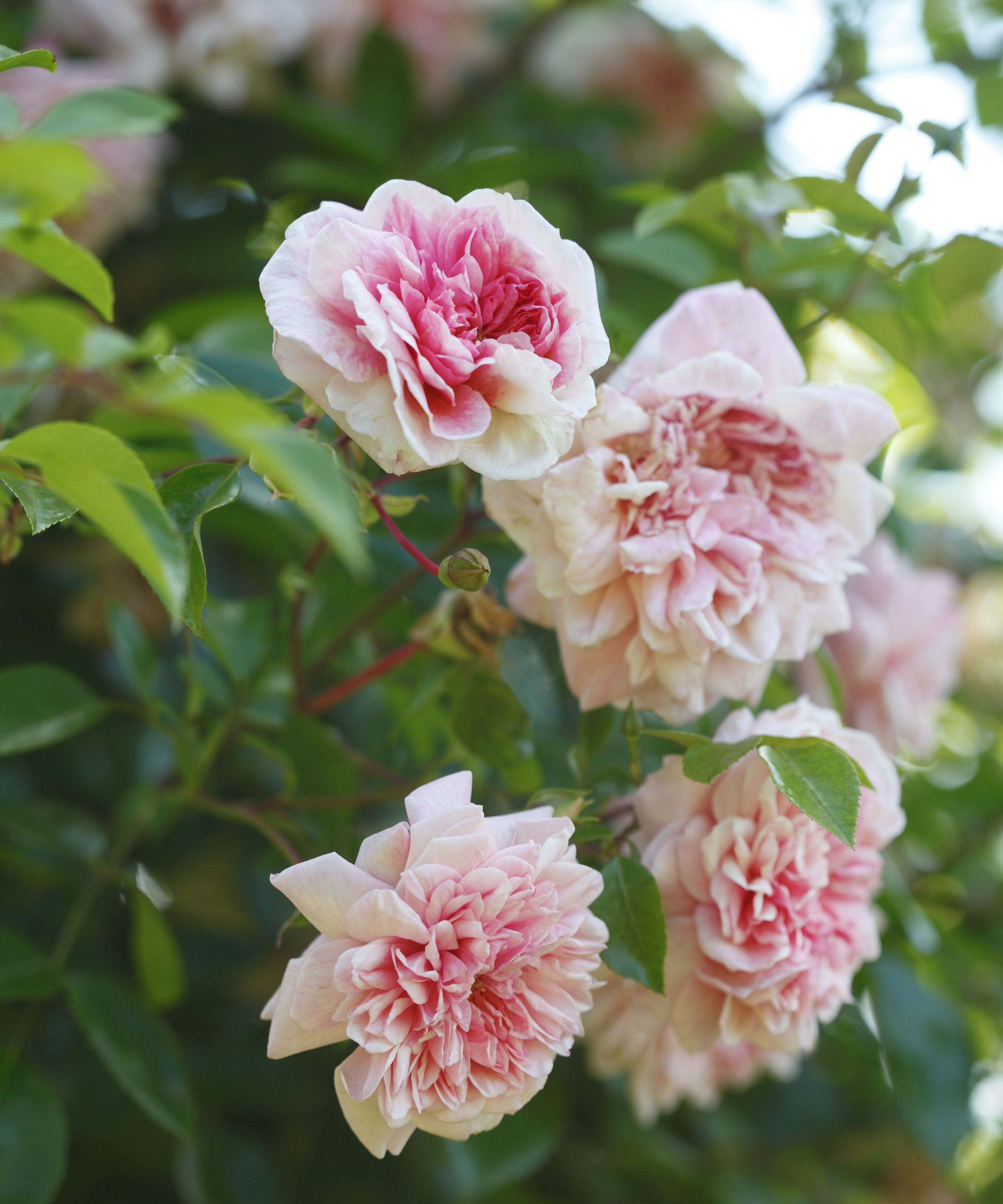
If you have inherited a rose that is overgrown or covered with a lot of dead wood, you can rejuvenate it by giving it a hard prune at the end of winter, just as spring is about to emerge. This advice will work for whatever type of rose it is.
- Cut back the stems to make the plant around 12 inches tall.
- Remove any diseased, damaged or dead wood. You will likely need a hand saw to remove dead stems at the base, as they can be very hard.
- Where stems are crossed and rubbing together, choose one to remove.
- Remove any spindly, weak stems.
- If the plant is congested, remove a stem or two to allow in more air and light.
- Remove all foliage from the plant, and clear any leaves from the ground, to minimize the risk of disease.
- You must feed the rose to help it rejuvenate. Use a specific rose food and follow the packet instructions.
- Finish by applying a thick layer of mulch around the rose.
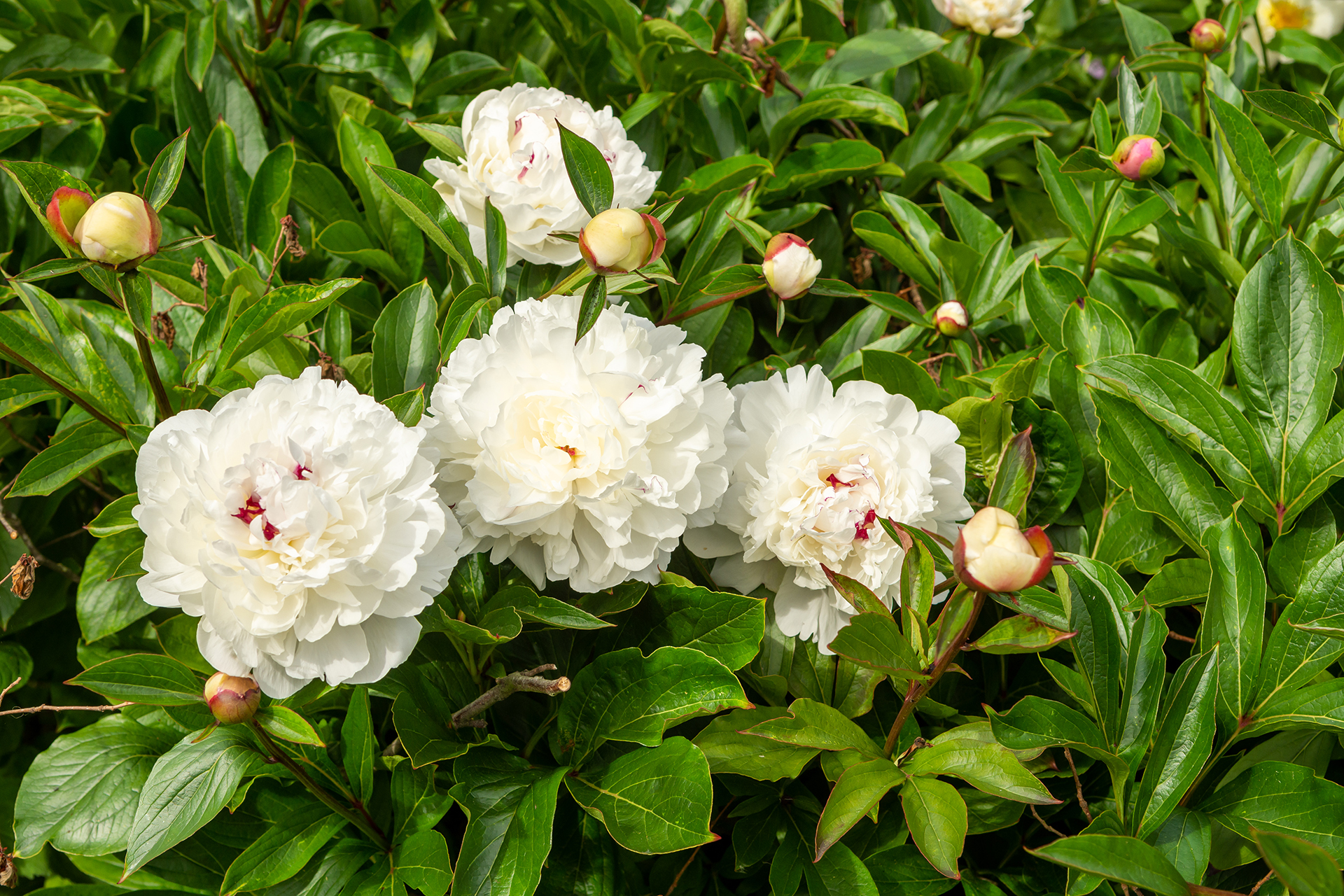
How much should you cut back roses?
You can cut roses back quite hard, and they can be pruned back to around 12 inches tall if necessary, but it will depend on the size and shape of the plant you want, but you can be bold when pruning as they will often come back bigger and stronger with time.
The general aim with pruning is to reduce the size of bush roses by around a third, give groundcover roses a light trim and cut back climbing roses after flowering to suit the structure they’re covering.
David Austin Roses are designed to be very forgiving if you are new to pruning and they need to be cut to generally about half their size, creating a rounded shape. Wild roses, such as the rugosas, need no annual pruning, just cut away the dead branches from the underside of the shrub every few years.
How do you cut roses so they will bloom again?
To cut roses to they will bloom again, remove the dead flower heads to encourage new growth. It is easy to learn how to deadhead roses, and roses can be encouraged to bloom for many months using this method.
Deadhead any spent blooms unless you also want the rose hips, as setting seed saps energy for flower production.
Diseased material should also be removed to encourage healthy plants that can support lots of blooms.
Do you cut off dead roses?
You should cut off – or deadhead – roses once the blooms are faded as this will encourage the growth of new flowers.
‘If, however, you have roses, such as rugosas, with lovely hips for autumn, leave the finished blooms on the bush,’ says Clapp.

Melanie has worked in homes and gardens media for two decades. Having previously served as Editor on Period Living magazine, and worked on Homes & Gardens, Gardening Etc, Real Homes, and Homebuilding & Renovating, she is now focusing on her passion for gardening as a Senior Editor at Gardening Know How. As a keen home grower, Melanie has experimented with pretty much every type of vegetable at some point – with mixed results. Often it is the simplest things that elude you, which may explain why she just can't seem to master zucchinis.